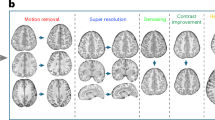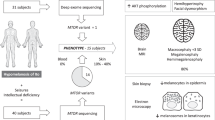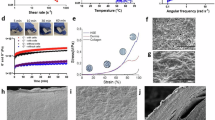Abstract
Background and objectives:
The ex vivo magnetic resonance microimaging (MRM) image characteristics are reported in human skin excised samples. Design and methods:Human excised skin samples were imaged using custom coil placed inside 500 MHz NMR imager for high resolution microimaging. Skin in vivo- and ex vivo MRI images were processed for characterization of different skin structures. Contiguous cross-sectional T1-weighted 3D spin echo MRI, T2-weighted 3D spin echo MRI and proton density images were compared with skin histopathology and NMR peaks. In all skin specimens, epidermis and dermis thickening and hair follicle size was measured using MRM. Results: Optimized TE and TR parameters and multicontrast enhancement generated better MRI visibility of different skin components. Within high MR signal regions near to custom coil, MRI images at short echo time were comparable with digitized histological sections for skin structures of epidermis, dermis, hair follicles in 6 (67%) of the 9 specimens from different age groups. Skin % tissue composition, measurement of epidermis, dermis, sebaceous gland and hair follicle size, skin NMR peaks were signatures of skin type. The image processing determined the dimensionality of skin tissue components and skin typing in different age groups. Conclusion: The ex vivo MRI images and histopathology of skin may measure the skin structures and skin NMR peaks with image processing may be tool for determining skin age typing and skin composition.
Similar content being viewed by others
Article PDF
Author information
Authors and Affiliations
Rights and permissions
About this article
Cite this article
Sharma, R. Skin Typing and High Resolution MRI of Human Skin: Multiple Contrast Approach for Image Characterization . Nat Prec (2010). https://doi.org/10.1038/npre.2010.4161.1
Received:
Accepted:
Published:
DOI: https://doi.org/10.1038/npre.2010.4161.1



